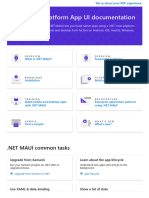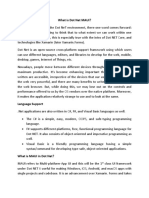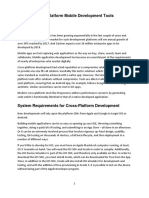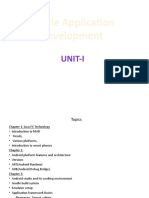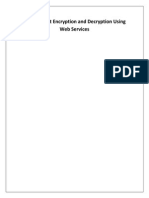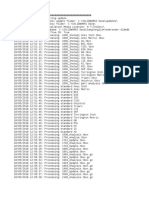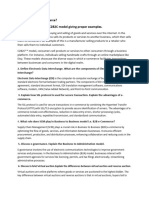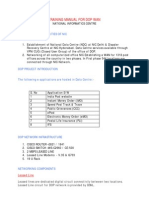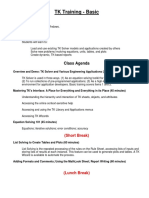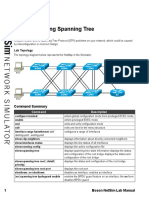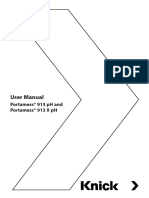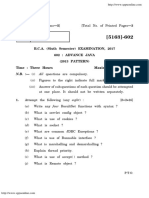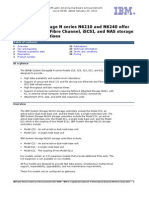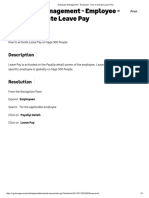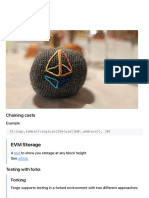0% found this document useful (0 votes)
113 views10 pages.NET MAUI App Development Guide
.NET MAUI is a cross-platform framework that enables the development of native mobile, desktop, and web applications from a single codebase. The document outlines the process of setting up a development environment, designing user interfaces, and deploying applications across multiple platforms. It also covers project structure, UI design, testing, debugging, and packaging for various operating systems.
Uploaded by
mj.gagnaoCopyright
© © All Rights Reserved
We take content rights seriously. If you suspect this is your content, claim it here.
Available Formats
Download as PPTX, PDF, TXT or read online on Scribd
0% found this document useful (0 votes)
113 views10 pages.NET MAUI App Development Guide
.NET MAUI is a cross-platform framework that enables the development of native mobile, desktop, and web applications from a single codebase. The document outlines the process of setting up a development environment, designing user interfaces, and deploying applications across multiple platforms. It also covers project structure, UI design, testing, debugging, and packaging for various operating systems.
Uploaded by
mj.gagnaoCopyright
© © All Rights Reserved
We take content rights seriously. If you suspect this is your content, claim it here.
Available Formats
Download as PPTX, PDF, TXT or read online on Scribd
/ 10




